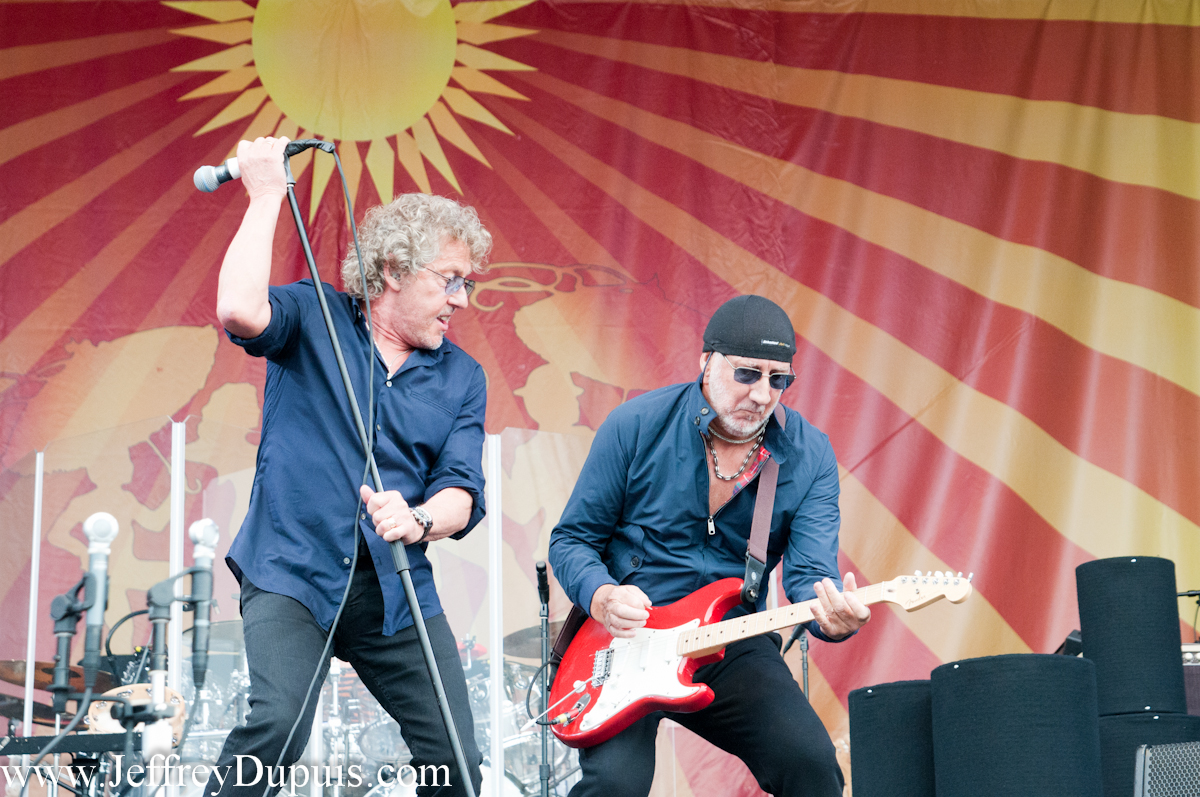
The Who performed a 12-minute medley of its biggest hits at Miami’s Sun Life Stadium as part of Super Bowl XLIV’s official halftime show. Though MTV produced the game’s theatrical halftime show for many years, the NFL has booked its own entertainment since Janet Jackson exposed herself during a performance in 2004. Since then the halftime game has largely featured veteran rock acts like Paul McCartney (2005), The Rolling Stones (2006), Prince (2007), Tom Petty & the Heartbreakers (2008) and Bruce Springsteen & the E-Street Band (2009).
The Who’s halftime performance featured a medley of “Pinball Wizard,” “Baba O’Reilly,” “Who Are You?,” “See Me, Feel Me” and “Won’t Get Fooled Again.” Throughout the performance founding Who members Roger Daltrey and Pete Townshend were backed by a four-piece band that included touring members Pino Palladino (bass) and Zak Starkey (drums).
The Who’s music was also used during commercial breaks throughout the Super Bowl. “When the Who’s audience—or a big part of it—could still be traced back to our neighborhood roots in West London, I used them as my inspiration,” Townshend told Relix in 2006. “They were my patrons. They commissioned me to write what they could not express. Sometimes I pleased them, sometimes I didn’t. I was actively encouraged by them in the late ‘70s to explore myself, and quite a few of them identified with my darker solo work. But our American audience, the ones who kept the vast Who machine in action, with its studios, trucks, helicopters, lasers and enormous overhead, started to trouble me. The problem was that radio began to be controlled by advertising agencies, not program directors. Disk jockeys who were Who fans could play Who songs—but only those on a limited list written by those who paid ad revenue. The list included the songs we all now know as Who classics. This made it hard not just to get new songs aired, but also to get feedback on how we were doing. The irony is that those few classic songs have now embedded themselves so deeply in the American consumer’s consciousness that they are almost used as hymns by filmmakers and advertisers.”


No Comments comments associated with this post